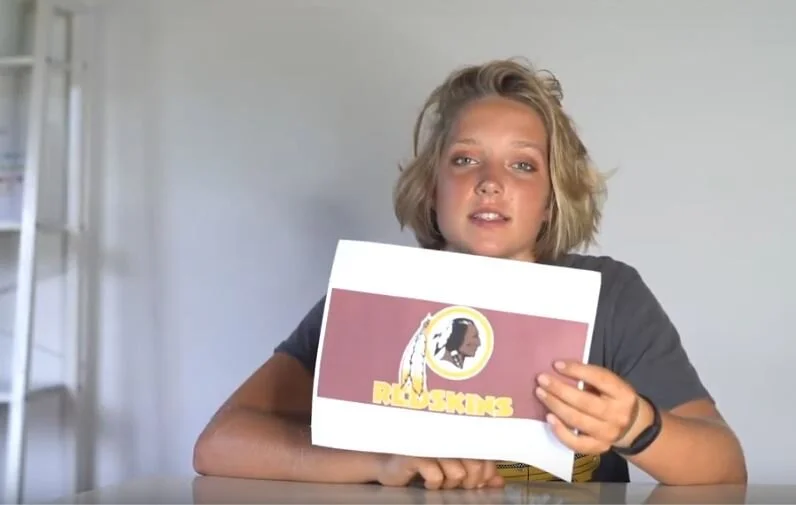Native Americans in the US
American Indians and Alaska Natives comprise between 1 and 2 percent of the total US population. Today, there are 574 federally recognized Indian nations, which possess their own governments that perform key functions, such as land management, health care, and law enforcement. The US federal government shares a "government-to-government" relationship with Indian nations. And while Indian nations and Native peoples have made dramatic social and economic improvements over the past 40 years, they continue to face many challenges, such as:
Poverty
Violence against women and children
Lack of access to good education
Poor quality housing
Destruction of lands and resources
WhyzzInsights guest Andrew Lee is an expert on American Indian affairs, and his family comes from the Seneca Nation of Indians, located in western New York. Mr. Lee created an awards program at Harvard University called "Honoring Nations" that celebrates tribal governments that are developing creative solutions to the challenges facing their citizens and societies. As a lifelong advocate for Native American rights, Mr. Lee is passionate about educating others about the importance of Native sovereignty, and he works with Indian nations across the United States in their efforts to break cycles of poverty and craft bright futures for themselves.
Interview with Andrew Lee (Seneca)




